Vietnam's economy forecast to grow 6.6% in 2025
Vietnam's economy is forecast to grow 6.6% in 2025 and 6.5% in 2026, after a strong growth of 7.1% in 2024. The Asian Development Bank (ADB) released its Asian Development Outlook 2025 report on April 9.
Mr. Shantanu Chakraborty, ADB Country Director for Vietnam, acknowledged that Vietnam had an impressive year of economic recovery in 2024 with a growth rate of 7.1%, a sharp increase compared to 5.1% in 2023.
Despite the heavy damage caused by Typhoon Yagi in many areas, the negative impacts on economic growth have been significantly limited thanks to the Government's quick response. In addition, the Government's recent institutional reforms have aimed to improve operational efficiency and create good growth momentum.
In addition, flourishing trade, strong export recovery, and continued growth in foreign direct investment (FDI) are important factors helping Vietnam record the highest economic growth in Southeast Asia.
"However, the recent announcement of US tariffs, along with ongoing global uncertainties, could pose significant challenges to Vietnam's growth in 2025," said Mr. Shantanu Chakraborty.
Compared to ASEAN countries, Vietnam is in the group with a high trade surplus with the United States, so the risk of being taxed is also greater. While some countries such as Singapore and the Philippines have low rates due to trade deficit, Vietnam, along with Thailand, Malaysia, etc., all have high surpluses. Therefore, it is understandable that Southeast Asian countries are subject to heavier taxes, the ADB analyzed.
However, according to the ADB director, the reciprocal tax imposed by the US also has positive effects. Vietnam has a fairly strong economic position in the region, and the US tax move is a stronger "pressure" for Vietnam to accelerate the utilization of existing Free Trade Agreements (FTAs) that Vietnam has not yet fully exploited.
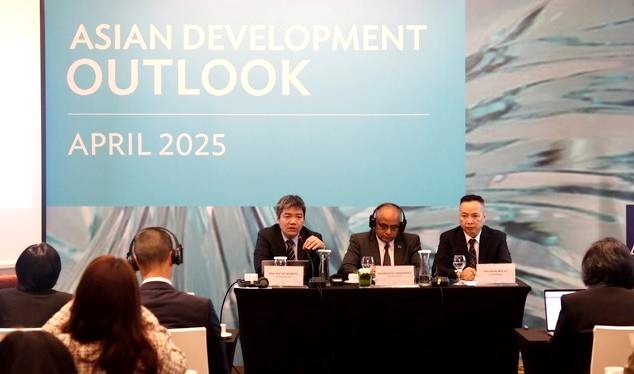
Asian Development Bank (ADB) releases Asian Development Outlook report April 2025
Tariff policies from the US side may cause foreign investors (FDI) to "delay" decisions because it is unclear what the final tax threshold will be and how long it will last. In that context, the Vietnamese Government's quick and well-prepared response is considered positive, but the US side has not yet shown any signs of readiness to negotiate, so it is necessary to continue monitoring.
Mr. Nguyen Ba Hung, Chief Economist of ADB in Vietnam commented:
Continue to maintain macroeconomic stability, ensure livelihoods for vulnerable groups
ADB experts believe that, in the context of increasing tariffs, expanding export markets to partners such as the UK, EU and Asian countries such as South Korea will help Vietnam diversify its markets, reduce dependence on the US and take advantage of its role as an economic hub in Asia. This is considered a positive point to reduce the impact of US tariffs.
The ASEAN region is currently developing scenarios to deal with tariff measures from the United States. Although there is competition among countries, cooperation within the ASEAN framework is a good opportunity for Vietnam to respond more effectively, especially in the context of shifting global trade flows.
The ADB chief stressed that maintaining macroeconomic stability, protecting the livelihoods of vulnerable groups, and preserving employment will remain a priority going forward. This means that additional fiscal stimulus packages are needed to boost domestic demand. The extension of the value-added tax (VAT) reduction until the end of 2026 is a positive step, but other support measures – such as income tax cuts, fee reductions, or expanded social protection spending – should be considered. In addition, structural reforms that remove regulatory barriers for businesses and households will be important to boost long-term growth.
Emphasizing the role of public investment and fiscal response, Mr. Nguyen Ba Hung, Chief Economist of ADB in Vietnam, assessed that in fact, the Government has taken the right steps to diversify growth drivers. The target of increasing the disbursement rate of public investment, in which the National Assembly has approved the public investment level in 2025 to about 36 billion USD, one and a half times higher than before. However, the ADB expert noted the issue of policy implementation, when the implementation results in the first quarter of 2025 only reached about 13% of the plan, showing that there is still a gap between the expected target and reality.
To cope with the current challenges, stimulating domestic demand is the right direction. Increasing budget spending on infrastructure, technology, and innovation not only helps increase business competitiveness but also increases FDI attraction. Most recently, the Government's support package of VND500,000 billion in preferential credit for science, technology, innovation, and strategic infrastructure also shows its readiness to respond to the scenario of continued tariff escalation.
"This is the right direction, but effectiveness will depend on the capacity for effective implementation and enforcement to achieve the set goals," said an ADB expert.
Source: https://phunuvietnam.vn/giam-doc-adb-viet-nam-thue-doi-ung-cua-hoa-ky-cung-co-hieu-ung-tich-cuc-20250409152637763.htm





![[Photo] Buddha's Birthday 2025: Honoring the message of love, wisdom, and tolerance](https://vphoto.vietnam.vn/thumb/1200x675/vietnam/resource/IMAGE/2025/5/12/8cd2a70beb264374b41fc5d36add6c3d)
![[Photo] Prime Minister Pham Minh Chinh starts construction of vital highway through Thai Binh and Nam Dinh](https://vphoto.vietnam.vn/thumb/1200x675/vietnam/resource/IMAGE/2025/5/12/52d98584ccea4c8dbf7c7f7484433af5)

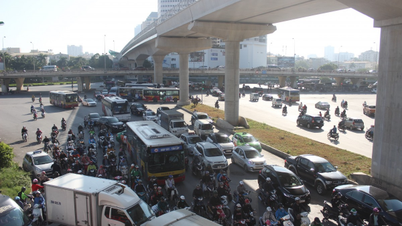

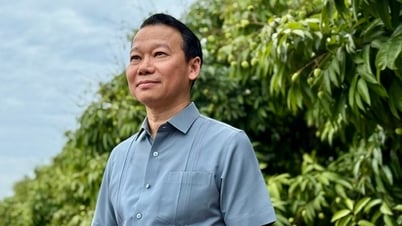










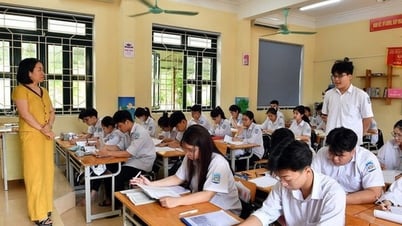
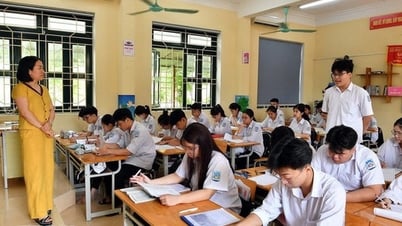

![[Photo] General Secretary To Lam meets and expresses gratitude to Vietnam's Belarusian friends](https://vphoto.vietnam.vn/thumb/1200x675/vietnam/resource/IMAGE/2025/5/11/c515ee2054c54a87aa8a7cb520f2fa6e)








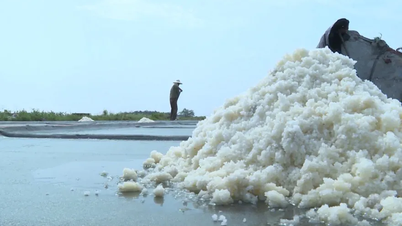






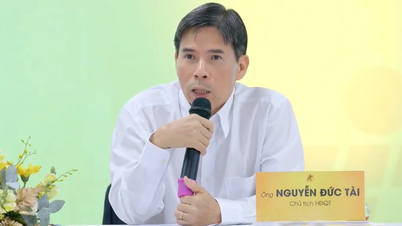
















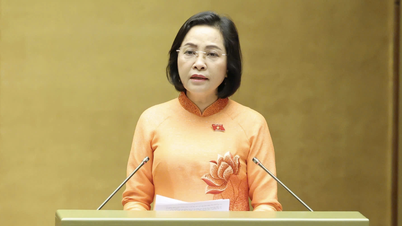





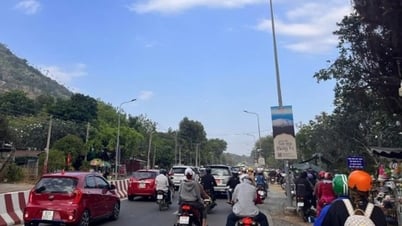







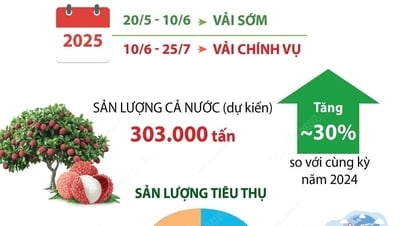

















Comment (0)